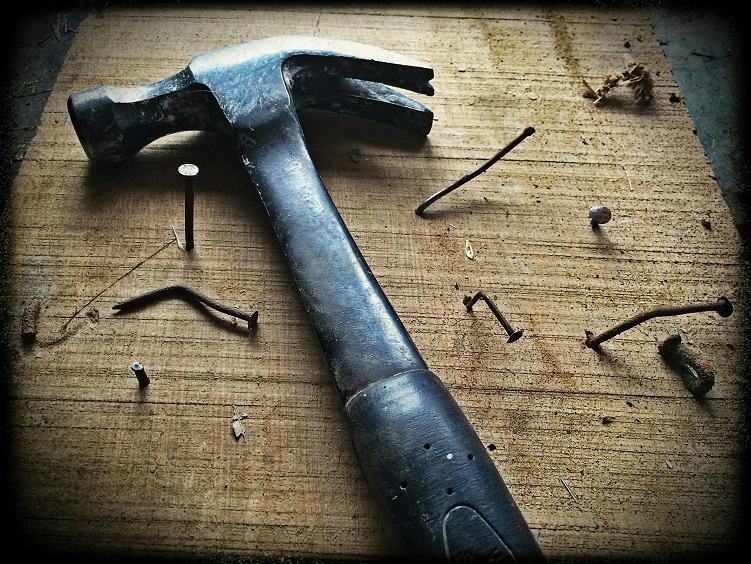Managing wound recovery at home can be a daunting process for many patients. It requires patience, meticulous care, and the right resources for effective healing. The journey to recovery not only involves the body’s natural healing capabilities but also a well-curated collection of wound care products and other health aids. These tools not only facilitate a more efficient healing process but also provide the necessary comfort during this period.
The Significance of Quality Wound Care Products
The path to wound recovery significantly hinges on the quality of wound care products utilised. These include a wide range of items, such as antiseptics, bandages, dressings, and medical tapes, among others. Each product serves a unique purpose, from protecting the wound against infection to managing exudate and maintaining optimal moisture around the wound. A well-stocked wound care kit should be an integral part of any household first aid to handle unexpected injuries efficiently.
Moreover, the correct products can reduce the risk of scarring and facilitate a more aesthetically pleasing healing process. By maintaining hygiene and shielding the damaged skin, one can avoid complications that could prolong recovery or necessitate further medical intervention.
Comfort and Compliance with Compression Stockings
For individuals dealing with surgical recovery or conditions like varicose veins and deep vein thrombosis, compression stockings are an essential component of home care. These specialised garments are designed to apply gentle pressure to the legs, promoting better blood flow and reducing swelling and discomfort.
Compression stockings come in various sizes, styles, and pressure levels, accommodating different needs and preferences. They can also prevent the progression of venous disorders and are often recommended by healthcare professionals for post-surgical use to promote faster healing. Understanding the correct way to wear and care for these stockings is crucial in ensuring their efficacy and longevity.
Managing Diabetes and its Wound Recovery Complexities
For those managing diabetes, wound healing can be particularly challenging due to the condition’s effects on circulation and the immune system. The spectrum of diabetic supplies is therefore not only about monitoring blood glucose levels but also includes products tailored for foot care and wound management. Diabetic patients should pay special attention to any wounds, no matter how minor, as their healing process is generally slower and more prone to complications.
Leveraging diabetic-specific wound care items and regular monitoring of blood sugar levels are pivotal for preventing severe issues such as ulcers and potential infections. It is advisable for diabetic patients to maintain close communication with their healthcare providers when managing wounds at home to ensure timely intervention if necessary.
The Role of a Supportive Environment in Wound Healing
A supportive environment extends beyond the physical products used in wound management. It encompasses a clean, safe, and stress-free space that allows for rest and minimises the risk of further injury or contamination. Regular changing of dressings, proper disposal of used materials, and maintaining personal hygiene contribute significantly to wound recovery.
Furthermore, emotional support from family members and loved ones can have a profound effect on the mental well-being of the individual, which indirectly may influence the body’s capacity to heal. Encouragement and assistance with routine activities can alleviate the stress associated with recovery and promote a sense of comfort and optimism.
Educational Resources and Expert Guidance
Access to accurate health information and guidance from medical professionals remains a critical element of successful home wound management. Patients and caregivers should be well-educated on the intricacies of wound care—from identifying signs of infections to understanding when to seek professional help.
Healthcare providers may also advise on the selection of suitable wound care products, proper dressing techniques, and effective methods for managing pain and discomfort. They can offer tailored advice based on the type and severity of the wound, as well as the individual’s overall health status.
Nutrition and Hydration: The Foundation of Wound Recovery
A balanced diet rich in vitamins, minerals, and proteins supports the body’s natural healing processes, making nutrition and hydration foundational elements of wound recovery. Adequate intake of vitamin C, zinc, and proteins, in particular, can accelerate the repair of damaged tissues and fortify the immune system against potential infections. Staying hydrated is equally essential to maintaining optimal skin elasticity and overall health.
Moving Forward with the Right Healing Tools
Recovering from a wound at home is a multifaceted process that extends beyond basic care procedures. It demands a well-rounded approach that integrates the use of high-quality wound care products, appropriate medical garments like compression stockings, and, when applicable, specialised diabetic supplies for those facing additional challenges.
Patients should strive to create a conducive environment for healing, imbibe educational resources, and follow nutritional best practices. With these tools and a collaborative approach involving healthcare providers, wound recovery at home can be a more manageable and less daunting experience, leading to better patient outcomes and overall well-being.




